What Are Parasitic Wasps & How Can They Help Your Lawn?
The name ‘Parasitic Wasps’ is unnecessarily terrifying, because the truth is that the presence of these bugs around your home might be both an indicator of an outbreak of ...

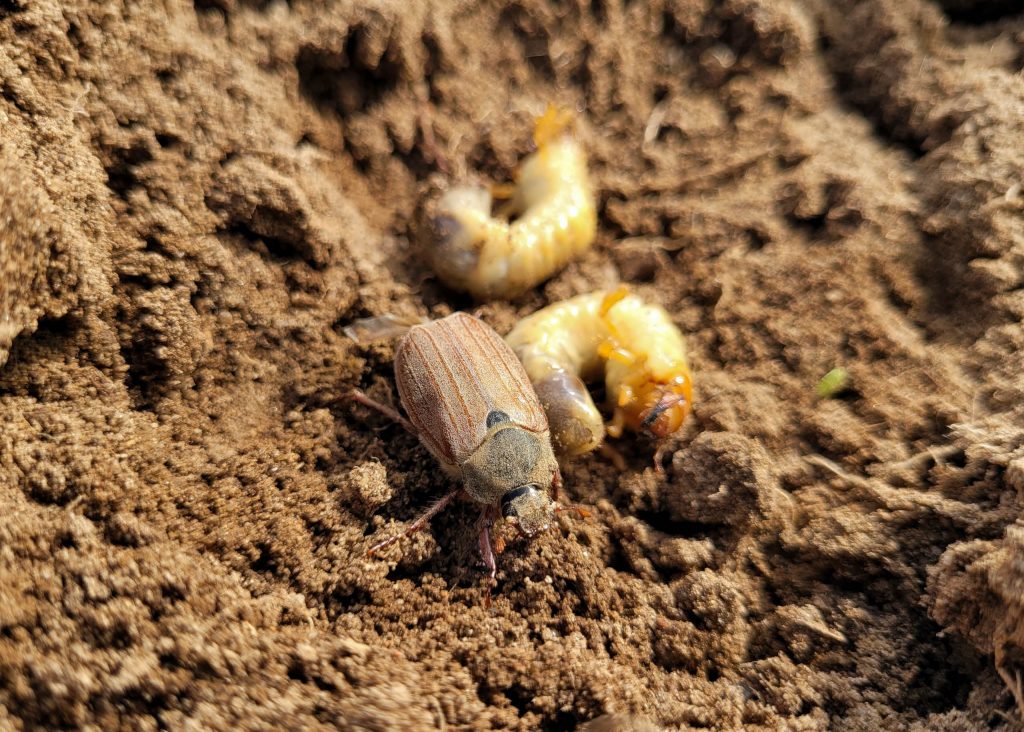 Chafer Grubs are the larvae of different types of Scarab and Cockchafer Beetles, which live in the soil and feed on plant roots.
Chafer Grubs are the larvae of different types of Scarab and Cockchafer Beetles, which live in the soil and feed on plant roots.
The most damage is caused by final stage larvae feeding during autumn and winter.
In a severe infestation, you’ll likely be able to roll the grass up like a rug.
In this article, we explain how to identify Chafer Grubs, when to look out for them and the best ways to control them without damaging your lawn.
We also recommend a range of products for managing Chafer Grubs and keeping your lawn in top shape.
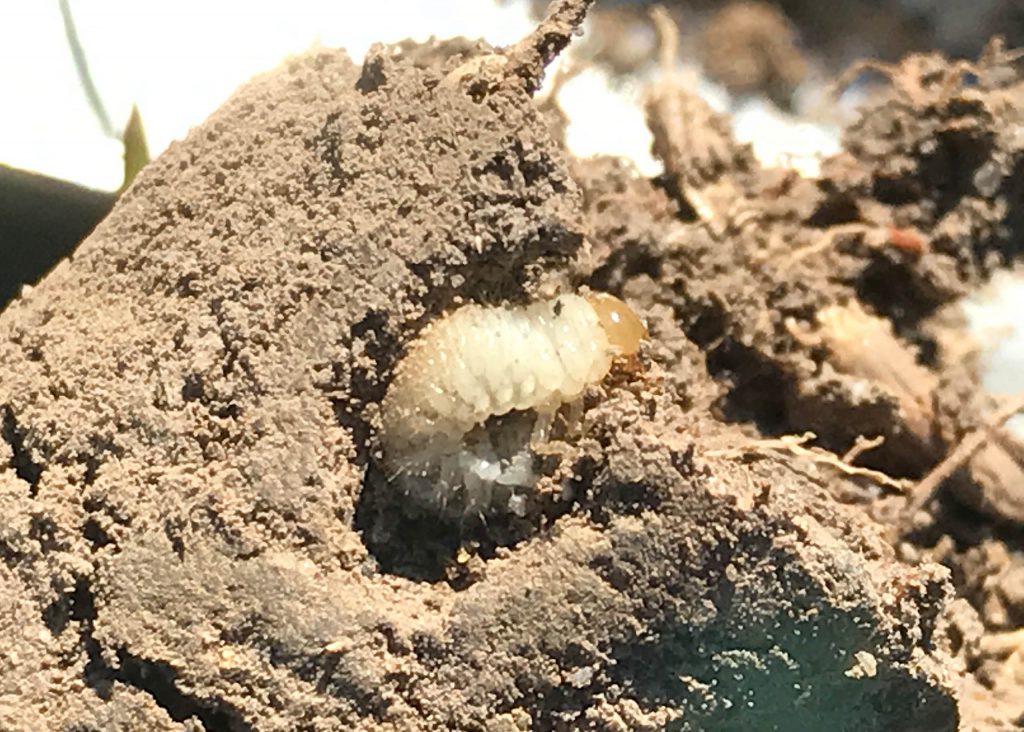 Chafer Grub is another name for Lawn Grubs which are among the most common pests of Australian lawns.
Chafer Grub is another name for Lawn Grubs which are among the most common pests of Australian lawns.
The larvae usually have a soft C-shaped pale cream or white body with six legs, and can vary in size from 15mm to 60mm.
Depending on the species, their head may be black, brown, red or yellow.
They spend most of their life underground, before pupating and emerging as adult beetles from late summer to spring. The beetles fly locally and return to the soil to mate and lay eggs.
The eggs can lie in the soil for up to three years before hatching but usually hatch annually.
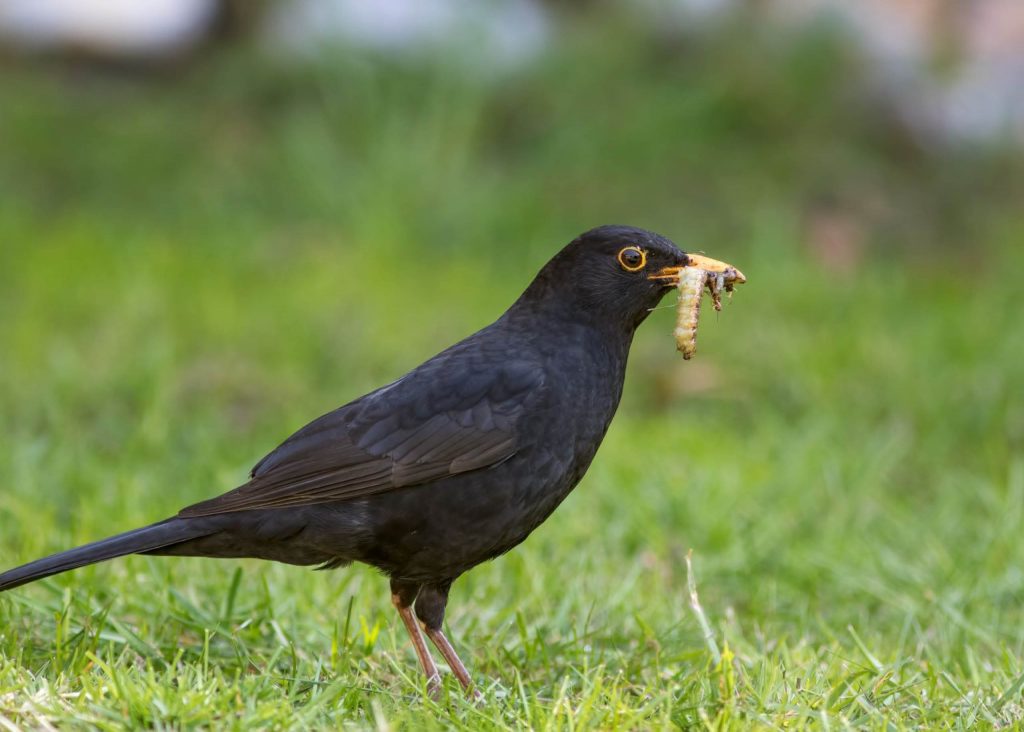 There are five main signs your lawn might have a Chafer Grub problem: beetles flying at dusk, beetles being attracted to exterior lights, insect eating birds, birds pecking at your lawn, the appearance of brown patches, or sponginess in your lawn.
There are five main signs your lawn might have a Chafer Grub problem: beetles flying at dusk, beetles being attracted to exterior lights, insect eating birds, birds pecking at your lawn, the appearance of brown patches, or sponginess in your lawn.
The two main methods of controlling Chafer Grubs are manual and chemical.
Always wear the appropriate protective equipment – gloves, safety glasses etc… – and read the product label before using any insecticide.
Check whether the product is suitable for Chafer Grubs and that it is safe for use on your grass type.
Look for products containing the active ingredients Bifenthrin or Chlorantraniliprole for long-term residual control.
Or you could apply a product made from Neem oil extract as a foliar spray or soil drench.
These are non-toxic and do not target beneficial insects such as Bees, Butterflies and Ladybugs.
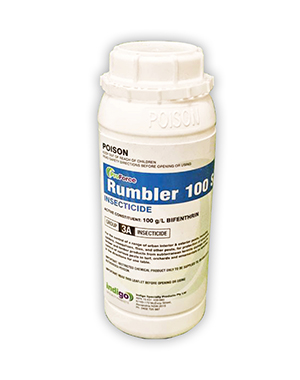
Indigo Rumbler 100SC 1L is a broad-spectrum insecticide registered for use against a range of insects, including Chafer Grubs. It is suitable for use on Zoysia, Kikuyu, Couch and Buffalo grasses.
SHOP NOW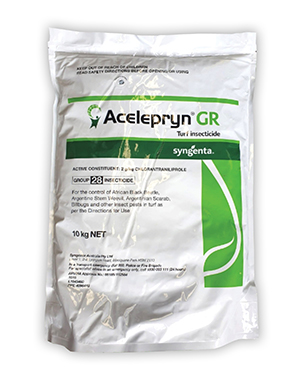
Acelepryn GR 10kg is a long lasting granular insecticide for the control of beetles and larvae, including Chafer Grubs. It is suitable for Zoysia, Kikuyu, Couch and Buffalo grasses.
SHOP NOWThe best time to treat lawns and garden beds is in spring or summer, before insect numbers explode.
When using a spray, apply it only in the early morning or at night to avoid killing Bees that forage in flowers during the day.
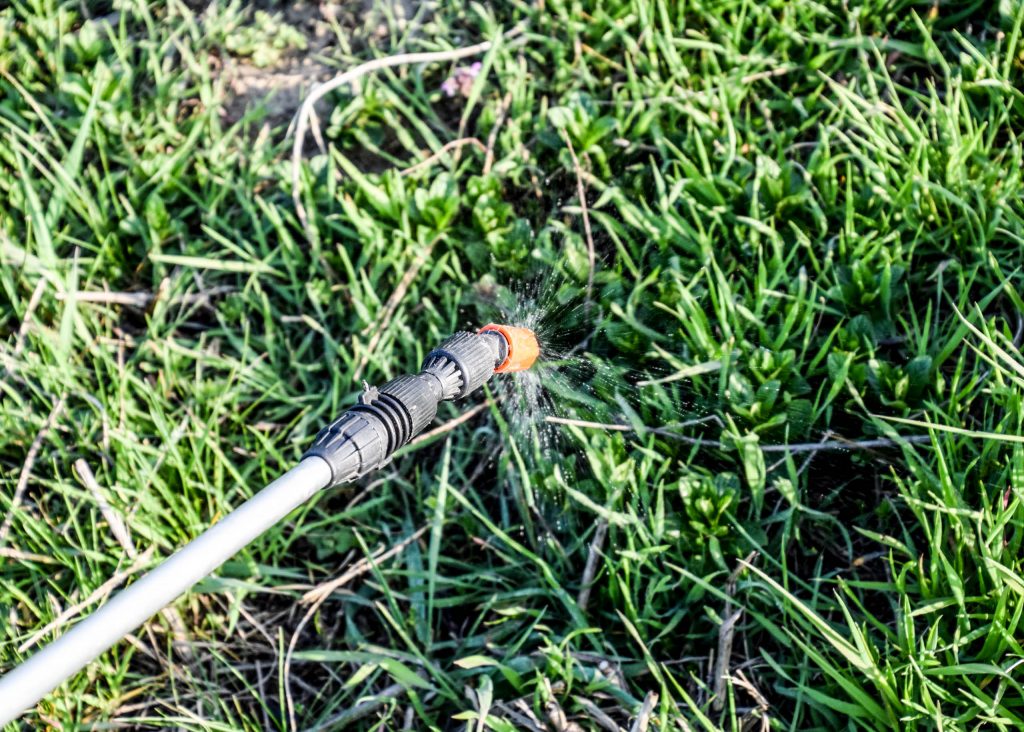 Some products must be watered in after application and can act as both a knockdown and a preventative treatment.
Some products must be watered in after application and can act as both a knockdown and a preventative treatment.
It will take a few days for many pesticides to work.
Wait three days before using a soapy water flush test to see if it’s working and repeat treatment if necessary after 10-14 days.
Poor lawn maintenance can contribute to Chafer Grub problems from year to year.
Follow good mowing practices, dethatch and aerate regularly to help keep insects at a minimum.
Lawns mown too short are at greater risk of damage because they are already under stress.
If you suspect Chafer Grubs are chewing away at your lawn, an easy way to be sure is to spread a wet hessian bag – use a potato sack or buy hessian by the metre from some garden stores – over a patch of lawn.
Leave the wet hessian bag overnight on the lawn and the grubs will attach themselves to the hessian, ready for disposal in the morning.
Where the lawn has died after the roots were nipped off, dig into the soil underneath to uncover the culprits.
Collect grubs, beetles and moths and feed them to your chickens, if you have any, or toss them onto a paved area for wild birds to eat.
You could also drown the Chafer Grubs in a bucket of soapy water before putting them into a plastic bag and in the bin.
For more information about managing pests in your lawn, and to browse our range of lawncare products from leading brands, visit myhomeTURF’s online store.